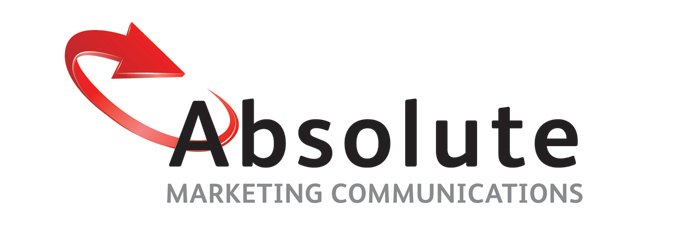Branding can be a powerful tool. Everyone wants their brand to be top of mind in the eye of their audience but how do you achieve that?
We all know that to get your brand out into the world you need to promote it whether through advertising, social media or any other channels your audience frequents but then what? What is the goal of your advertising and promotion? Do you have a call to action? Are you purely generating awareness?
Often, we talk about clever marketing. Clever marketing isn’t just about having a great ad that people remember but it’s branding your product or service so that your audience or potential customer feels a connection with it.
There are many brands that have created great ad campaigns that have been a topic of conversation at dinner parties but is that the true intent of these ads? Yes, you want people talking about your brand but once they’ve spoken about it, you want them to go out and buy it and you need to give them a reason to do so. You want to create a sense of emotion that makes a person want to go out and try your product or service.
Recently, I wrote a profile piece on St Andrews Golf Links in Scotland for a client. While researching, I came across their new TV ads based on their ‘Write Your Own History’ campaign and can I say I was impressed. Not a golfer myself, I was moved by these ads and felt they encapsulated the spirit of St Andrews based on what I learnt through my research. After viewing these ads, I felt that St Andrews was a place I’d like to visit. I probably won’t play golf there, but I definitely want to visit the place known as the Home of Golf.
In my opinion, if a brand’s advertising and marketing can stir an emotional connection in an audience that has little knowledge or dare, I say interest in their industry then they must be doing something right.
Other examples of clever marketing include:
We Love Our Lamb – How many people were inspired to eat lamb on Australia day after watching a series of ads featuring well-known Aussies?
Tourism Australia – Aimed at an international audience, these ads make locals want to explore our own backyard.
Slip Slop Slap – While these Cancer Council ads have been around for years, the catchy slogan and the important message has effectively flowed from generation to generation.
Of course, we can’t forget the catchy slogans synonymous with certain brands. What’s so great about these slogans is the brand name doesn’t need to be mentioned to know who we’re talking about!
Just Do It – Nike
Because You’re Worth It - L’Oréal
I’m Loving It – McDonalds
The Burgers are Better – Hungry Jacks
Is there an ad campaign that you felt created a sense of emotion or made you feel good?
Here's the link to the St Andrews ads if you would like to take a look. https://www.standrews.com/wyoh
